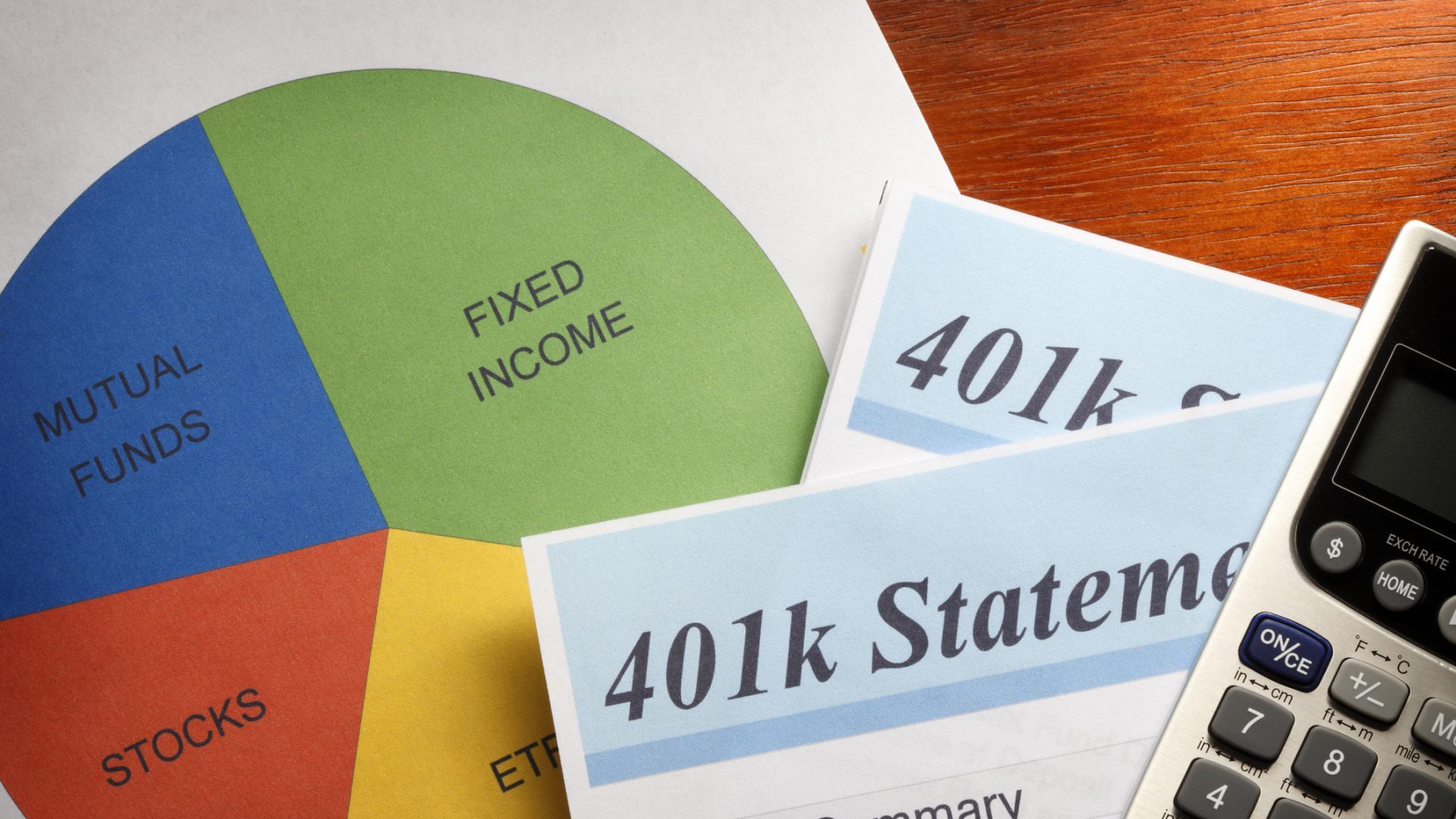
In June, Fidelity released its first quarter 2025 Retirement Analysis report. It found that 401(k) balances dipped slightly due to market and policy volatility, but that savings rates remained consistent. And with U.S. stock indexes recovering their all-time highs by the end of the second quarter, many accountholders can celebrate staying the course.
Be Aware: I’m a Financial Expert: This Is the No. 1 Mistake Americans Make With Their 401(k)
Read Next: 7 Luxury SUVs That Will Become Affordable in 2025
What rules and advice does Fidelity have for retirees to keep their account balances strong and their fears minimal?
Your Retirement Age Dictates Your Target Savings
The earlier you retire, the longer your savings will need to cover your living expenses.
Fidelity recommended saving 10 times your annual earnings if you plan to retire at 67. Workers who retire at 70 can drop that to eight times annual earnings, while those who retire at 65 should plan on 12 times. Anyone who retires at 62 should save even more, at 14 times annual earnings.
Check Out: The 1 Thing You Can’t Do With Your Required Minimum Distributions in Retirement
Your Retirement Age Also Dictates Your Withdrawal Rate
Likewise, you can withdraw more of your nest egg each year if you retire later.
If you retire at 62, Fidelity recommends a 3.9% withdrawal rate (based on your initial retirement savings). Workers who retire at 65 can withdraw 4.2%, and those who retire at 67 can withdraw 4.5%. At 70, retirees can pull out 4.9% of their initial retirement savings each year.
After the initial year, retirees can then adjust their withdrawals upward by the rate of inflation.
Don’t Rule Out Roth Conversions
Just because you’ve retired doesn’t mean you should stop paying attention to taxes.
In years when you owe little money in taxes, consider converting some traditional retirement savings to a Roth account. “Working with your tax advisor, keep a close eye on tax efficiency,” said Nancy Anderson, CFP, regional planning director at Key Private Bank. “If your marginal tax rate is on the low end, consider taking some strategic withdrawals now instead of paying more in federal income taxes down the road when your rate may be higher.”
In another article, Fidelity said a Roth conversion can be beneficial, though evaluating all factors before making the move is important.
Reassess and Rebalance Occasionally
Similarly, don’t stop paying attention to your asset allocation in retirement.
Melissa Murphy Pavone, CFP, founder of Mindful Financial Partners, recommended retirees keep a pulse on their portfolios without panicking. “Volatility is a signal to rebalance rather than retreat. A diversified portfolio, regularly reviewed, is still the best defense against uncertainty,” she said.
Fidelity explained that asset allocation in retirement should be based on three things: time horizon, risk tolerance and financial situation.
Stay the Course Through Downturns
Whether you’ve already retired or are still saving for it, nothing sinks a retirement portfolio faster than panic-selling.
In fact, Sharon Brovelli, Fidelity’s president of workplace investing, highlighted how well retail investors have stuck with their investing strategies and avoided mass sell-offs through volatility in 2025. “This approach will help individuals weather any type of market turmoil and stay on track to reach their retirement goals,” she said.
More From GOBankingRates
- 3 Luxury SUVs That Will Have Massive Price Drops in Summer 2025
- 4 Things You Should Do if You Want To Retire Early
- Mark Cuban Tells Americans To Stock Up on Consumables as Trump's Tariffs Hit -- Here's What To Buy
- 6 Big Shakeups Coming to Social Security in 2025
This article originally appeared on GOBankingRates.com: 5 401(k) Rules for Retirees From Fidelity for 2025







